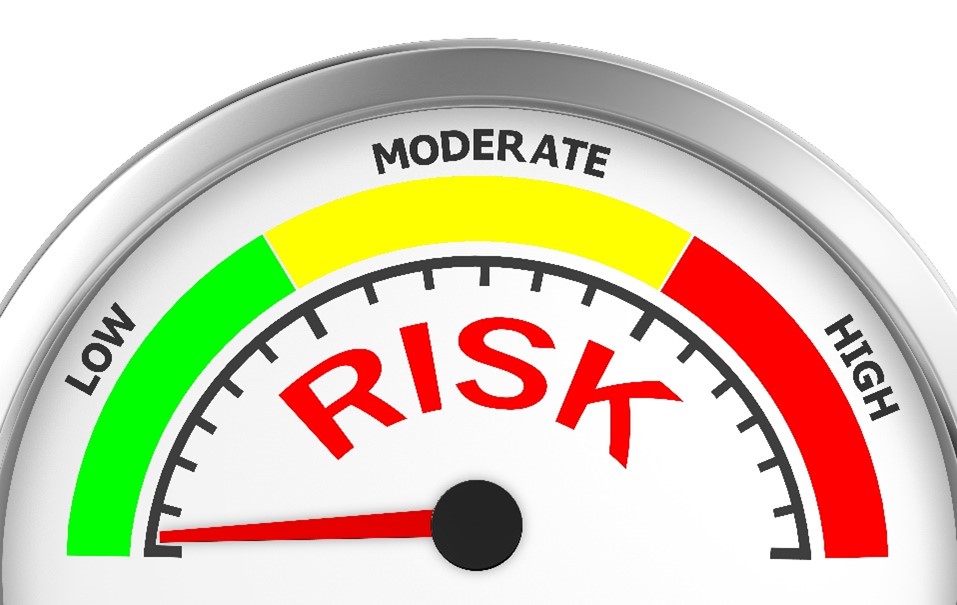As all JGL clients know, we are big believers in developing pro forma projections for a wide variety of scenarios so our clients are prepared for any outcome. The importance of undertaking this level of analysis has been intensified by the ongoing pandemic. The financial return or expense from any food service operation is hugely dependent on the number of guests it is serving and the number of employees such service requires. We have seen many cultural and higher education organizations caught off guard by a skyrocketing subsidy or café loss due to ongoing effects of the pandemic.
While we were always advocates of constructing low, medium and high scenarios to predict a range of outcomes, we believe many organizations would benefit from the development of pro forma projections that stress test a variety of situations. We believe this practice will allow organizations to respond quickly and be prepared to make informed decisions. We address how one might approach this exercise in the cultural or visitor attraction and higher education sectors below.
Cultural or Visitor Attractions: For institutions with a visitor café, the major variables will be visitation levels and prevalence of catering activities. We recommend developing visitor food projections for the worst case, likely case and best case attendance scenarios for the coming year. Simultaneously, develop catering sales projections for the same worst through best case scenarios, but in the best case assume all existing barriers to booking and selling events are removed. Once you understand how a revenue stream might contribute (or not) you will be better prepared to develop specific institutional responses to changing circumstances. Suppose, as an example, a museum forecasts a likely-case visitation scenario that includes a 25% drop in attendance for the coming year resulting in a café loss that needs to be funded. The catering projection, on the other hand, shows a best case scenario with volume that could only be achieved with a policy tweak (such as closing the museum at 4:00 to facilitate corporate rentals). There might be a case to be made for a short-term policy adjustment in order to achieve institutional goals. Without stress testing, we believe it unlikely leadership would engage in this important “what if” dialogue.
Higher Education: Stress testing needs to be approached differently depending on whether or not the institution has a board plan. For institutions with a board plan (the luckier ones), stress testing remains a pure numbers game. How many students are on campus, how many are enrolled in which meal plans, and what is the weekly impact when learning goes remote or operations are otherwise disrupted? We recommend developing pro forma projections showing a variety of student, faculty and staff populations as a big change in any one of those factors will have major impact on the financial results of the program. This is particularly important if you are in a current bid situation. Have all proposed vendors develop pro formas projections on three different campus population levels so you are prepared for the worst case and can make decisions accordingly. For institutions without a board plans, the challenge is even greater. Not only are most non–residential colleges seeing decreased enrollment, they are also seeing the students that are enrolled shifting more heavily to part time. For these institutions undertaking the same level of analysis with varying population levels combined with a profit and loss projection by outlet should present the clearest picture.
If you are interested in learning more about how JGL supports clients across the cultural and higher education sectors reach out. The more challenges we encounter the more creative we get!

